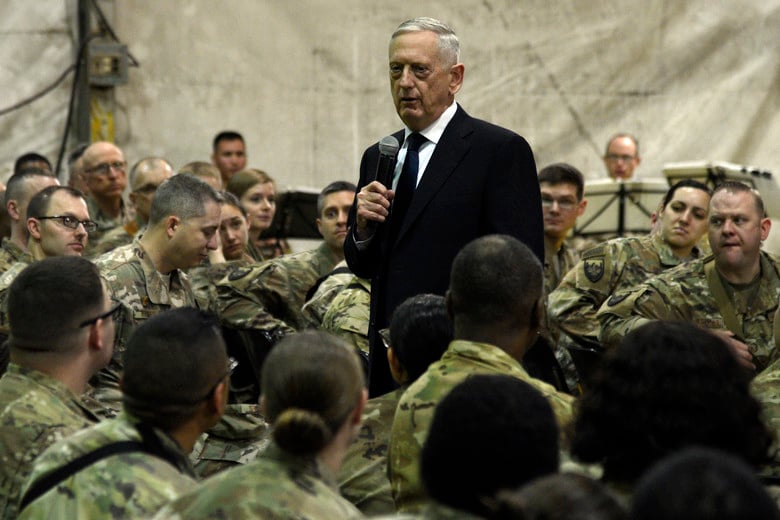Sahil Ali and Rahul Tongia
By any measure, India’s electric vehicle (EV) aspirations are steep from where we stand today, but they have sparked remarkable interest and action in policy, industry and research arenas. A push to mandate all vehicles sold by 2030 to be electric seems to have tempered, but high EV penetration scenarios remain likely. While costs and consumer choice remain fundamental factors, there are three additional key issues for realising any growth: (1) manufacturing; (2) grid capabilities; (3) charging infrastructure. In this paper, we focus on points (2) and (3).











/arc-anglerfish-arc2-prod-mco.s3.amazonaws.com/public/VTY3PGO3K5FR3NOK4PPVVDZOAA.jpg)

/arc-anglerfish-arc2-prod-mco.s3.amazonaws.com/public/57NQX4K355HLNJVPX5W4JYKEIQ.jpg)